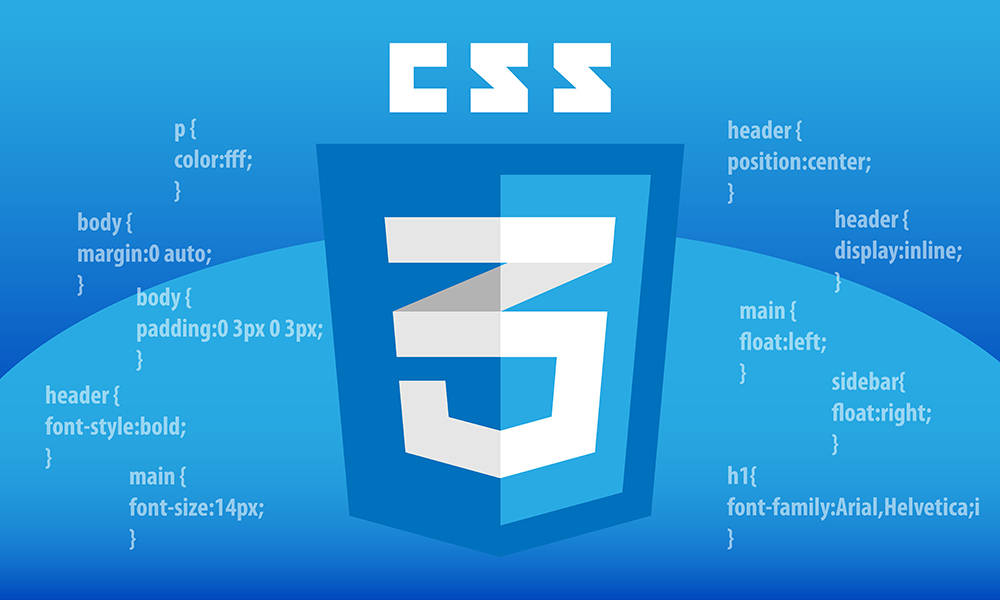What is Css?
- CSS (Cascading Style Sheets) allows you to create great-looking web pages, but how does it work under the hood? This article explains what CSS is, with a simple syntax example, and also covers some key terms about the language.

What is Css for?
- As we have mentioned before, CSS is a language for specifying how documents are presented to users how they are styled, laid out, etc. A document is usually a text file structured using a markup language HTML is the most common markup language, but you may also come across other markup languages such as SVG or XML. Presenting a document to a user means converting it into a form usable by your audience. Browsers, like Firefox, Chrome, or Edge , are designed to present documents visually, for example, on a computer screen, projector or printer. for more information please vist Css
How to add Css?
- When a browser reads a style sheet, it will format the HTML document according to the information in the style sheet.
Three ways to insert Css:
- External Css
- Internal Css
- Inline Css
CSS Modules
As there are so many things that you could style using CSS, the language is broken down into modules. You’ll see reference to these modules as you explore MDN and many of the documentation pages are organized around a particular module. For example, you could take a look at the MDN reference to the Backgrounds and Borders module to find out what its purpose is, and what different properties and other features it contains.
CSS Specifications
- All web standards technologies (HTML, CSS, JavaScript, etc.) are defined in giant documents called specifications (or “specs”), which are published by standards organizations (such as the W3C, WHATWG, ECMA, or Khronos) and define precisely how those technologies are supposed to behave.
- CSS is no different — it is developed by a group within the W3C called the CSS Working Group. This group is made of representatives of browser vendors and other companies who have an interest in CSS. There are also other people, known as invited experts, who act as independent voices; they are not linked to a member organization.
- New CSS features are developed, or specified, by the CSS Working Group. Sometimes because a particular browser is interested in having some capability, other times because web designers and developers are asking for a feature, and sometimes because the Working Group itself has identified a requirement. CSS is constantly developing, with new features becoming available. However, a key thing about CSS is that everyone works very hard to never change things in a way that would break old websites. A website built in 2000, using the limited CSS available then, should still be usable in a browser today!
CSS Syntax:

- The selector points to the HTML element you want to style. The declaration block contains one or more declarations separated by semicolons.Each declaration includes a CSS property name and a value, separated by a colon. Multiple CSS declarations are separated with semicolons, and declaration blocks are surrounded by curly braces.
- CSS is a rule-based language — you define rules specifying groups of styles that should be applied to particular elements or groups of elements on your web page. For example “I want the main heading on my page to be shown as large red text.”